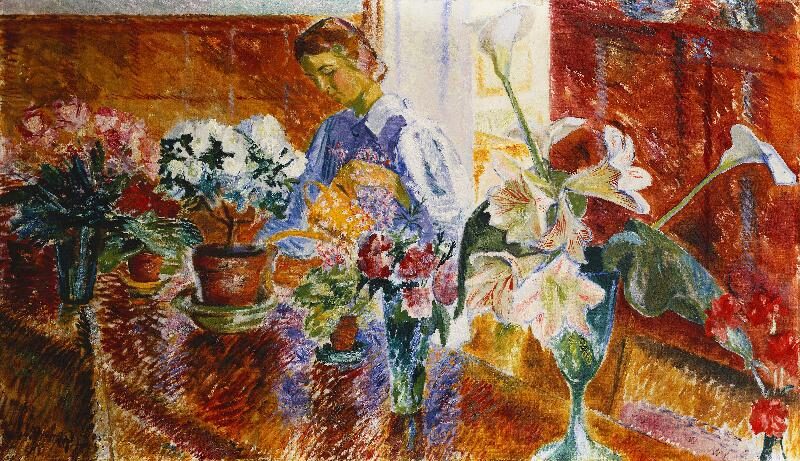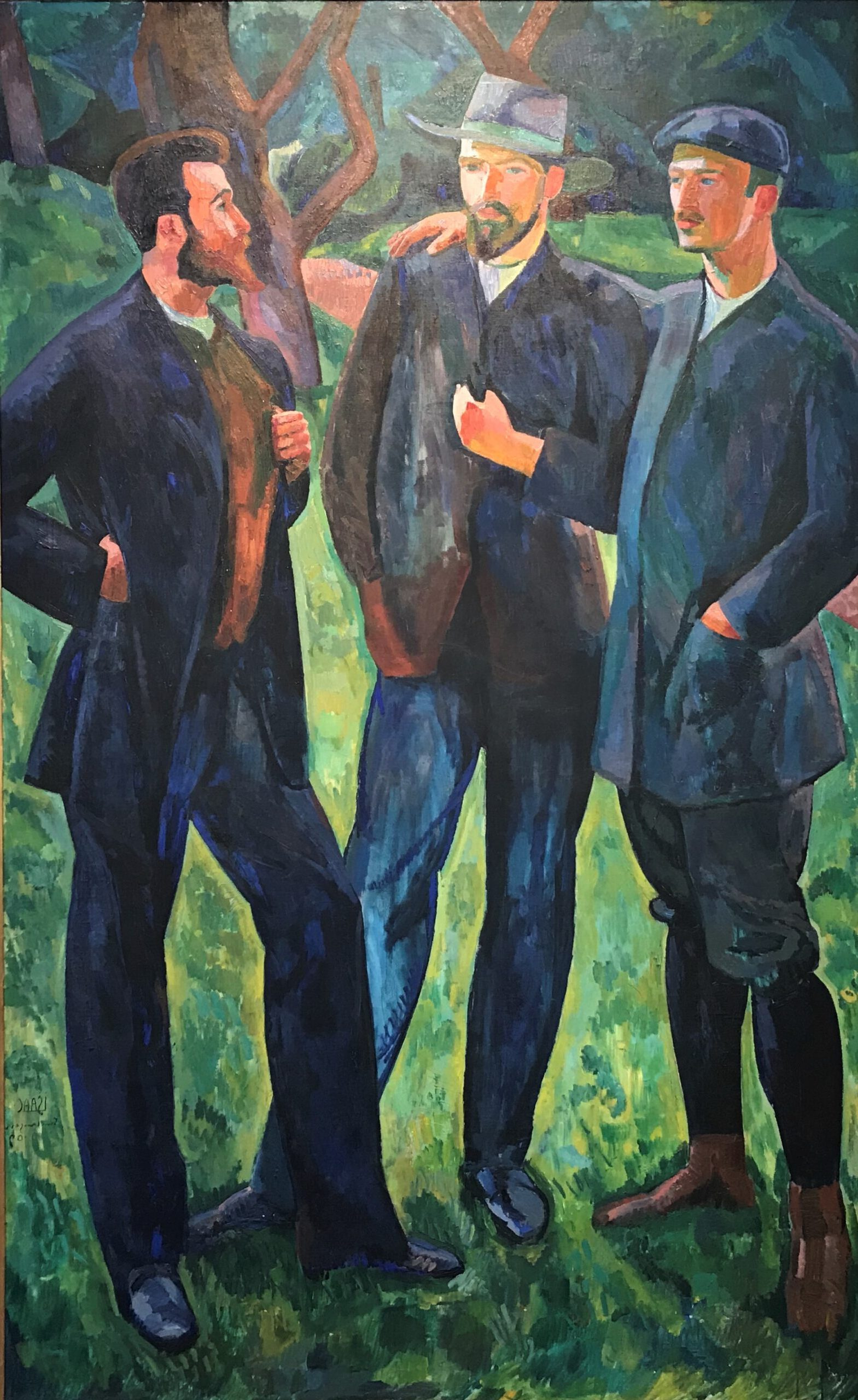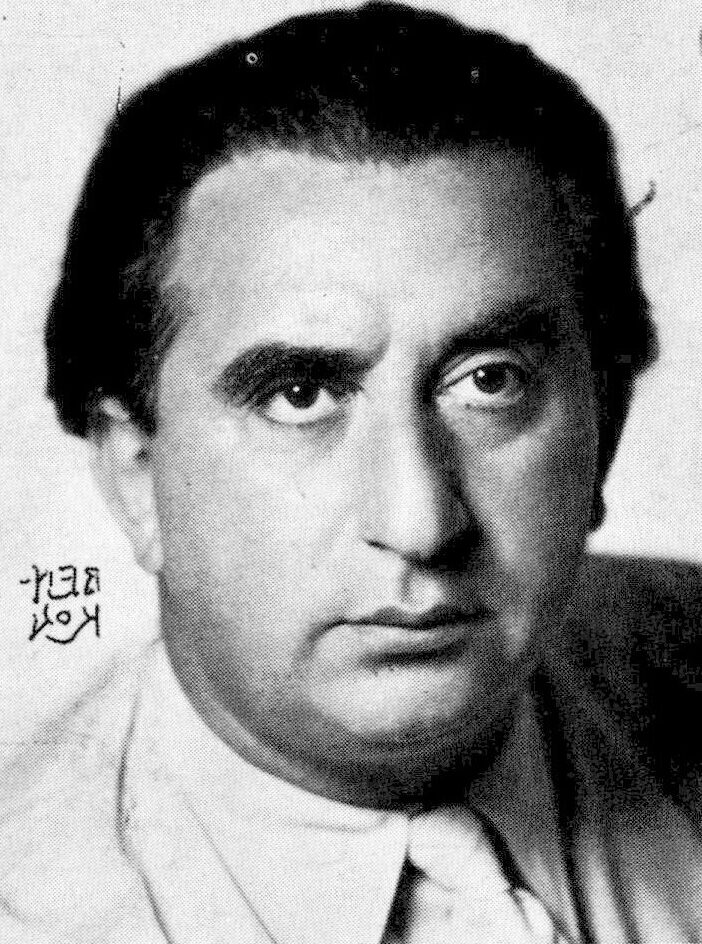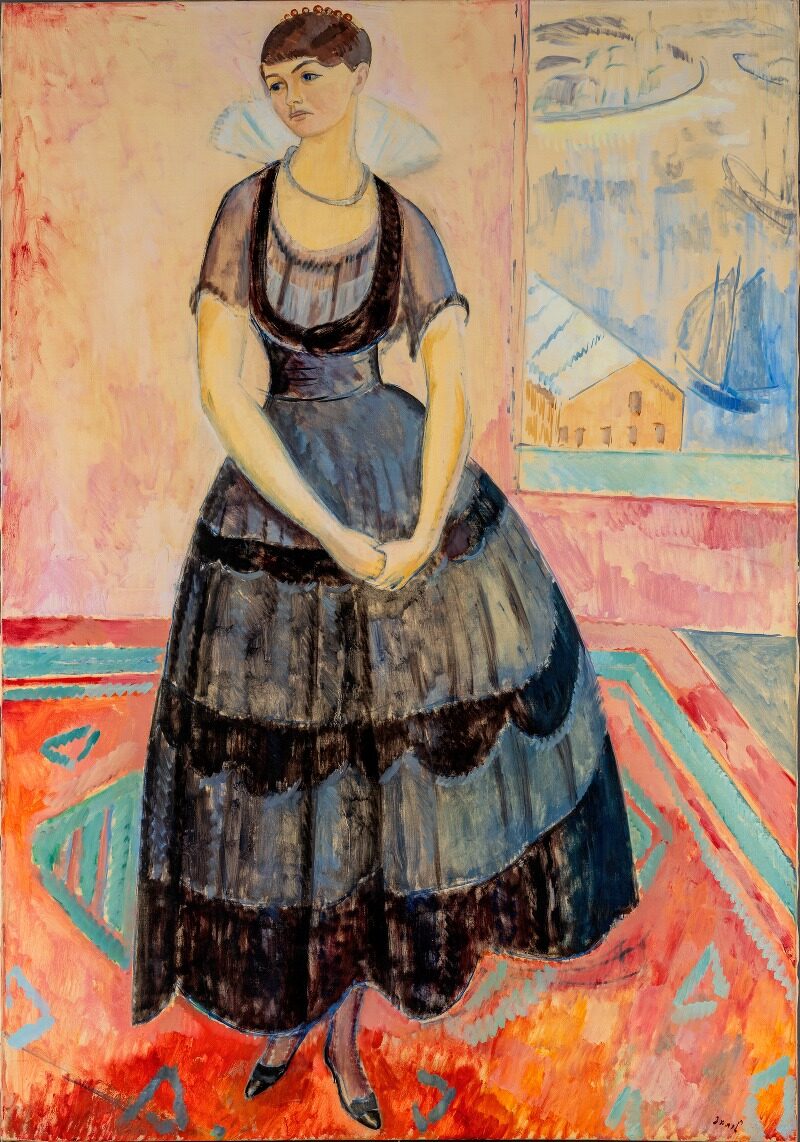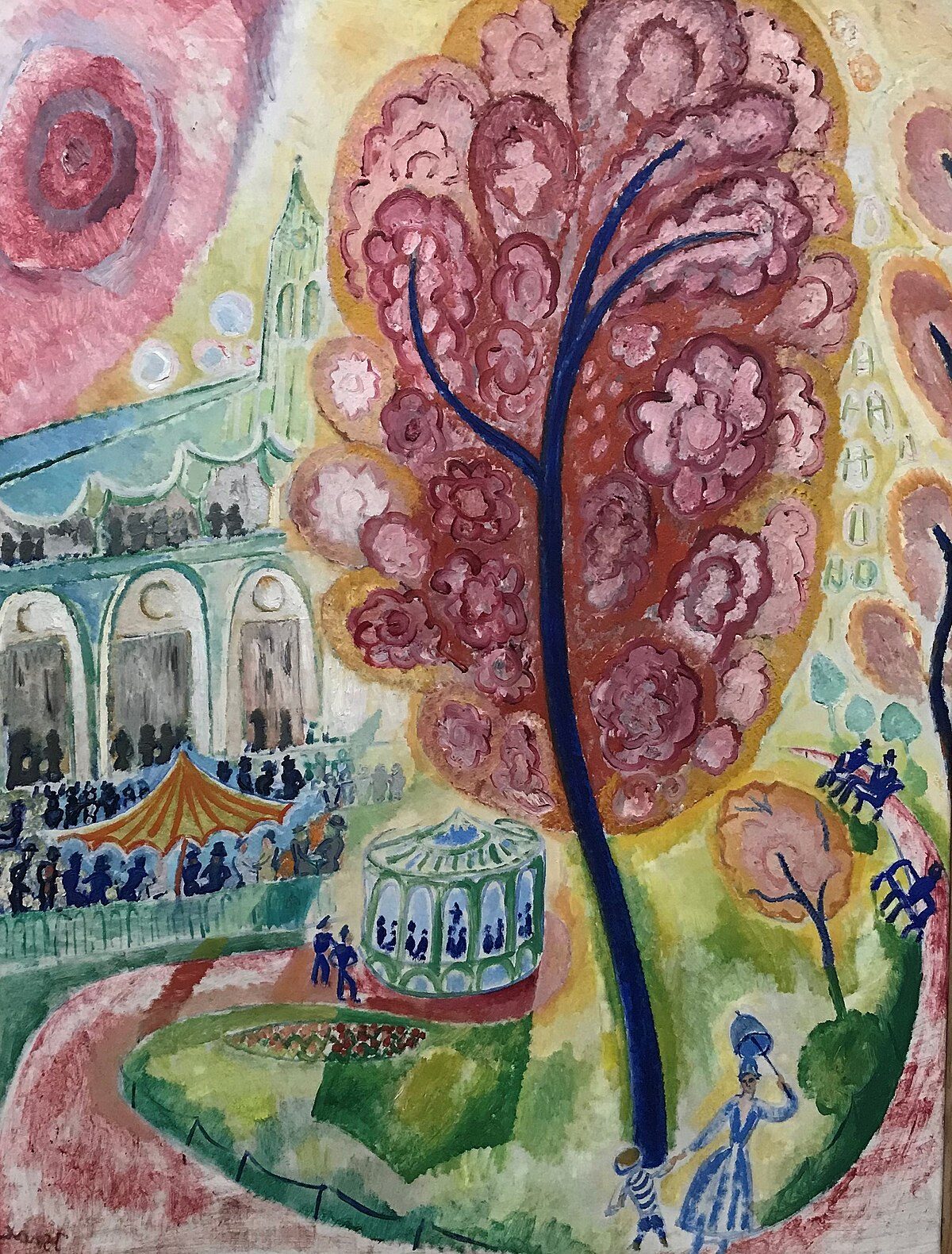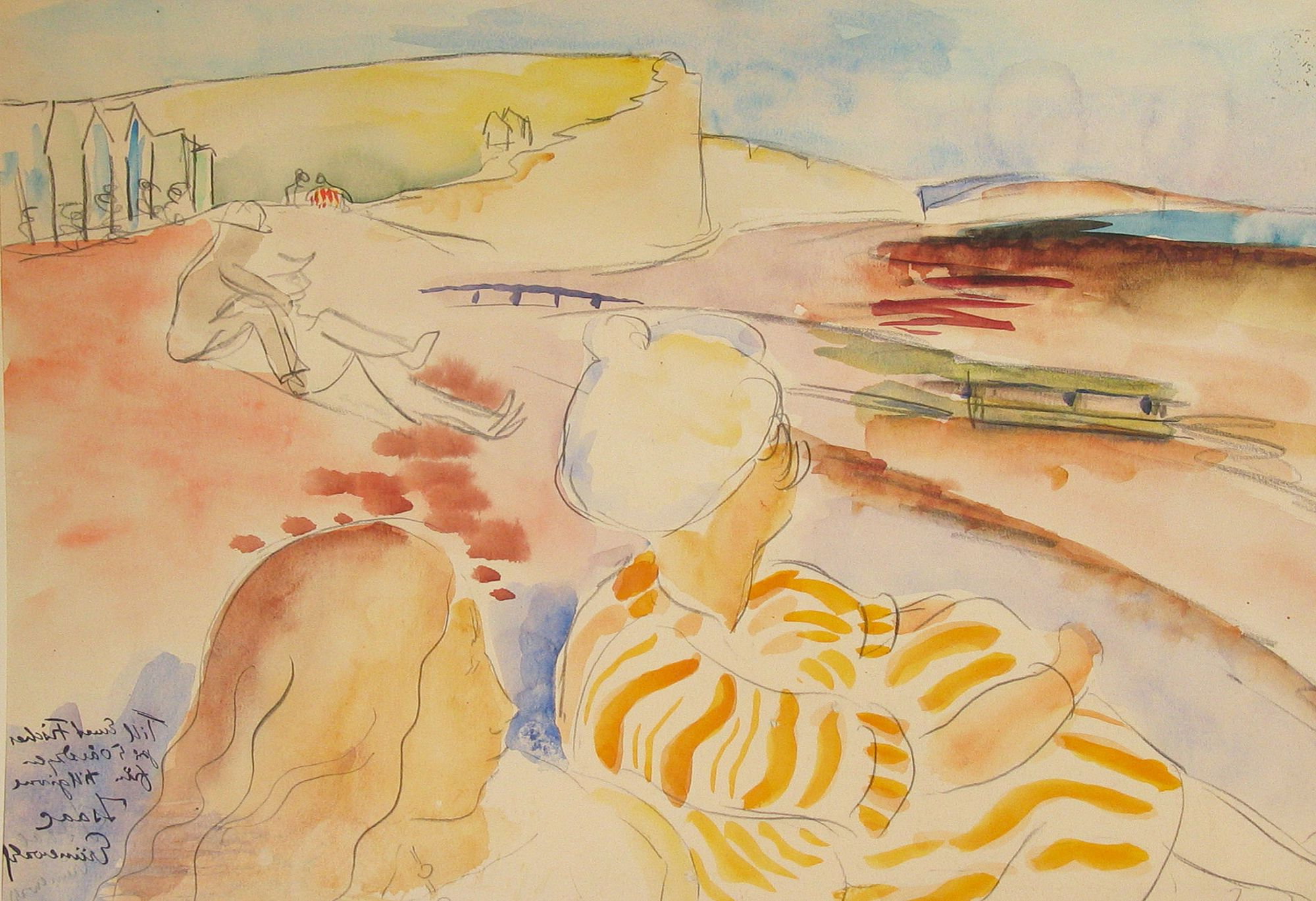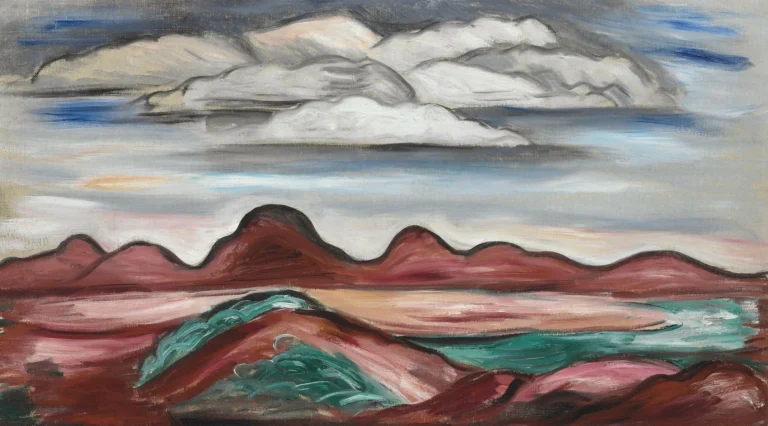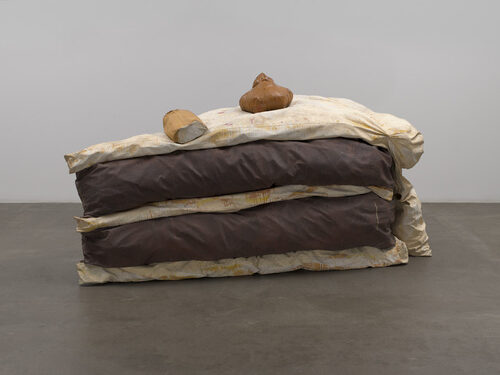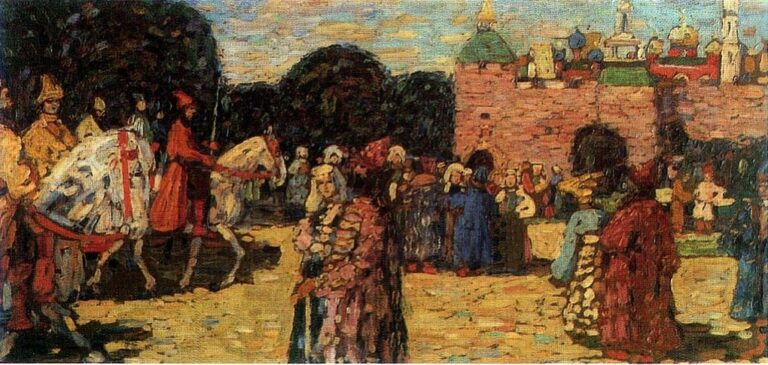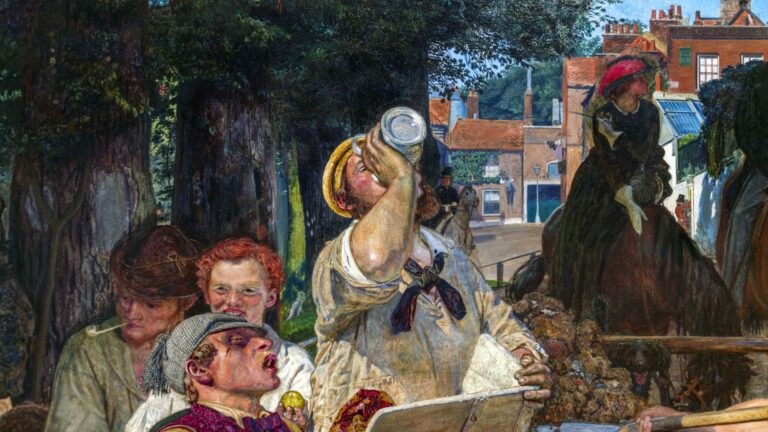Isaac Grünewald, Painter: Pioneering Swedish Expressionist of the Early 20th Century
Born: 2 September 1889, Stockholm, Sweden
Death: 22 May 1946, Oslo, Norway
Art Movement: Modernism, Expressionism
Nationalité : Suédois
Institution: Henri Matisse’s Academy
Isaac Grünewald, Painter: Pioneering Swedish Expressionist of the Early 20th Century
Life and Career of Isaac Grünewald
Isaac Grünewald emerged as a central figure in Swedish expressionist art during the early 20th century. His journey from student to professor shaped Swedish modernism. His vibrant painting style left an enduring legacy despite his untimely death.
Début de la vie et influences
Isaac Grünewald was born on September 2, 1889, in Stockholm, Sweden, to a Swedish-Jewish family. His artistic talents appeared early in his development.
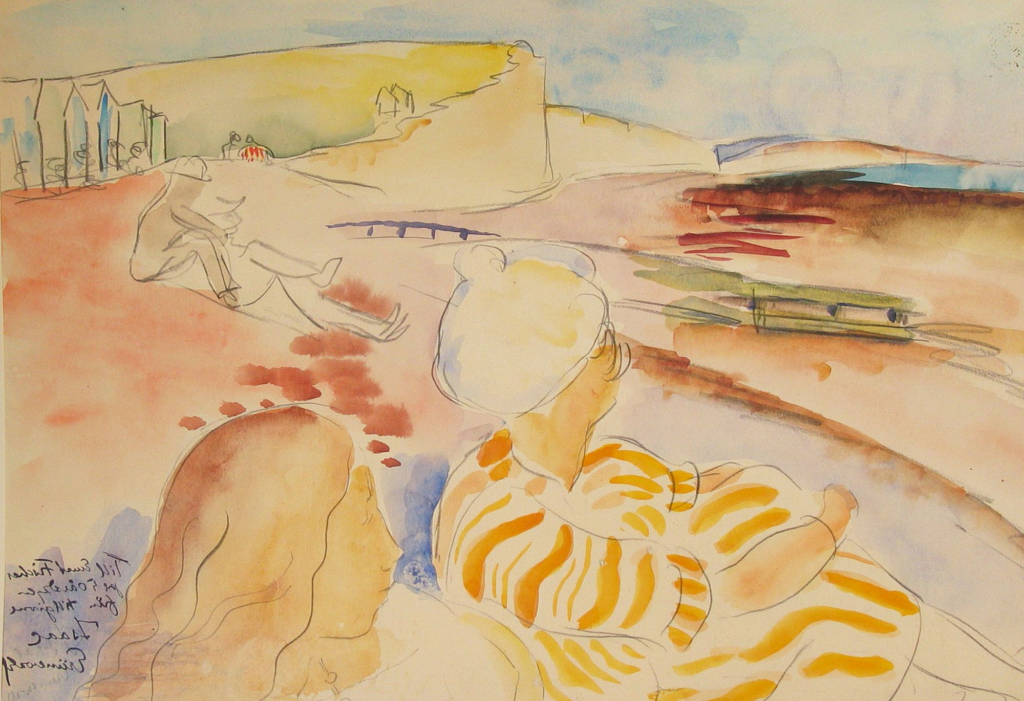
Beach Scene, by Isaac Grünewald
In his formative years, Grünewald traveled to Paris, then the epicenter of artistic innovation. In Paris, he studied under the renowned Henri Matisse. Matisse’s bold use of color and form deeply influenced the young artist’s developing style.
This education proved foundational to Grünewald’s artistic vision.
The cultural environment of early 1900s Europe shaped his perspective. His Jewish heritage and Swedish upbringing created a unique lens through which he interpreted the world around him.
Professional Milestones and Artistic Evolution
Grünewald quickly established himself as a leading expressionist painter after returning to Sweden. His bold colors and dynamic compositions challenged the more conservative Swedish art establishment of the time.
In 1932, Grünewald achieved significant recognition when he was appointed professor at the Royal Swedish Academy of Arts in Stockholm. He held this prestigious position for a decade, until 1942, influencing a generation of Swedish artists.
Throughout his career, Grünewald expanded beyond painting. He worked as a ceramic artist and designer, showing remarkable versatility. His work evolved while maintaining his distinctive expressionist style, characterized by:
- Vibrant color palettes
- Bold geometric forms
- Emotional intensity
- Cultural symbolism
Tragic End and Legacy
On May 22, 1946, Grünewald’s life ended tragically in an airplane crash. He was only 56 years old, still active and influential in the Swedish art world. This sudden loss shocked the artistic community.
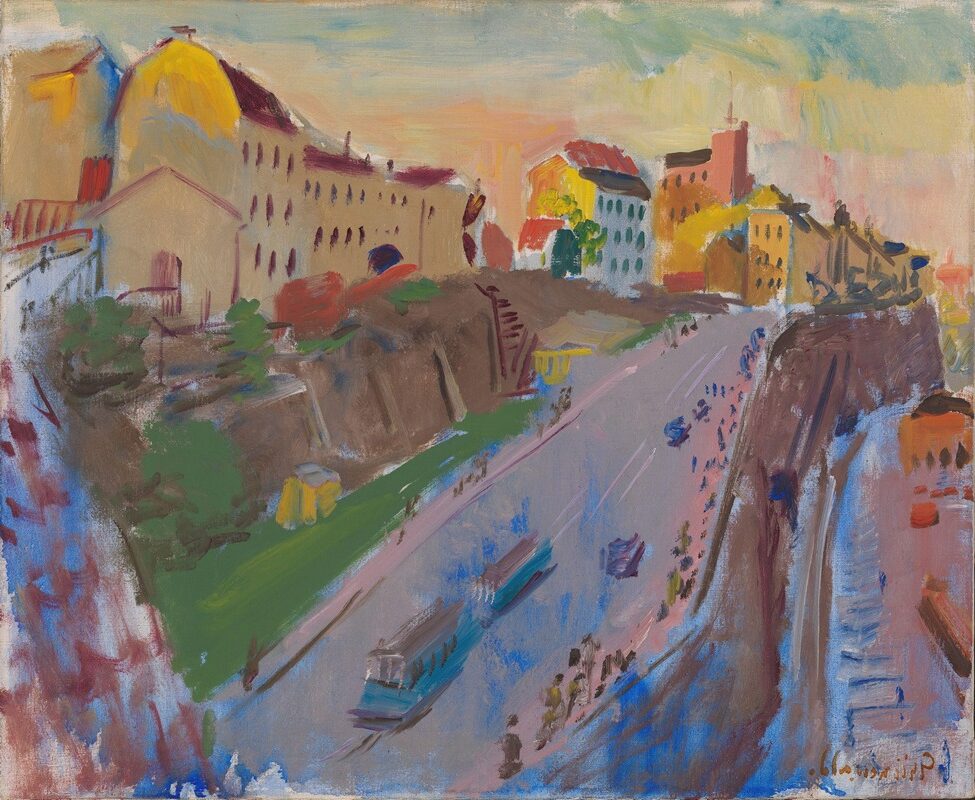
Katarinavägen, 1935 by Isaac Grünewald
Despite reports suggesting he had experienced mental health problems in his later years, Grünewald remained productive until his death. His work continued to reflect his unique artistic vision and technical mastery.
Today, Grünewald’s paintings are featured in prestigious collections, including the Moderna Museet in Stockholm. Art historians recognize him as a pivotal figure who helped introduce modernist ideas to Swedish art.
His legacy lives on through both his artwork and the students he mentored during his teaching career. Grünewald’s contribution to Swedish expressionism remains a vital chapter in the country’s cultural history.
Artistic Contributions and Recognitions
Isaac Grünewald made significant contributions to Swedish modernism through his bold paintings, innovative designs, and cultural leadership. His work spanned multiple artistic domains, earning him recognition as one of Sweden’s most important 20th-century artists.
Principales œuvres et expositions
Grünewald’s artistic career launched dramatically when he exhibited with “The Young Ones” in 1909, establishing him as a rising modernist talent in Sweden. His vibrant, expressionist style challenged traditional Swedish art conventions with bold colors and dynamic compositions.

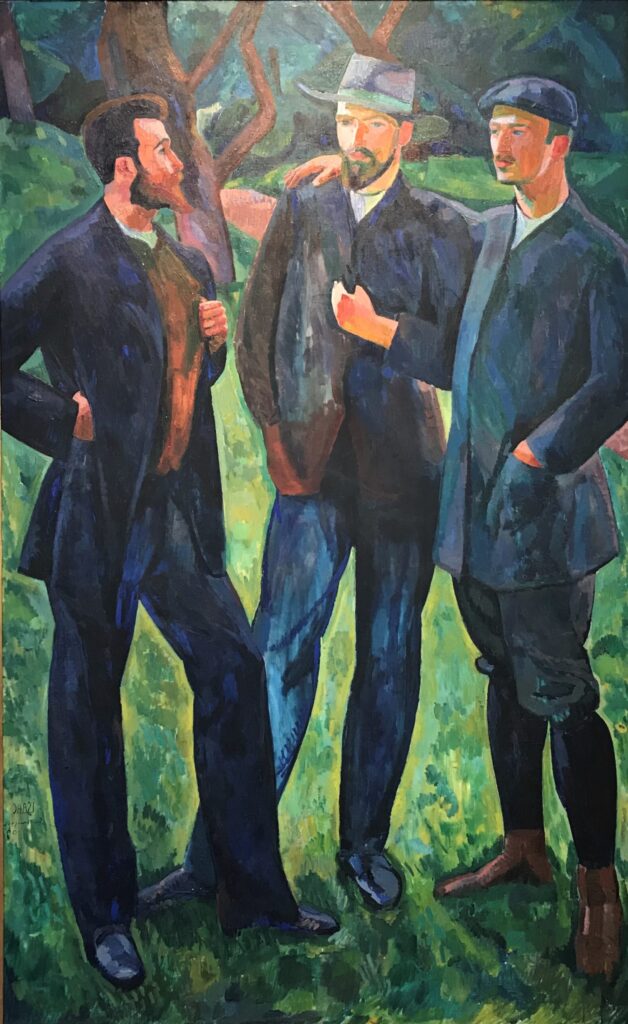
His “Self-Portrait” works showcase his distinctive approach to form and color, demonstrating his mastery of oil on canvas techniques. These paintings reveal his confident artistic vision and have become significant pieces in Swedish art collections.
Grünewald regularly exhibited at prestigious venues like Liljevalchs Konsthall in Stockholm. His work gained international attention as he skillfully blended Swedish cultural elements with modern European art trends.
Involvement in Theatre and Design
Grünewald made substantial contributions to Swedish theatre through his innovative stage designs. He created scenery for the Royal Dramatic Theatre, bringing his distinctive visual style to theatrical productions.
His design work extended to the Royal Swedish Opera, where he crafted ballet and opera sets that transformed Sweden’s performing arts scene. These designs showcased his ability to translate his artistic vision into three-dimensional spaces.
During World War II, Grünewald worked at the renowned Rörstrand porcelain factory, applying his artistic talents to decorative arts. This versatility demonstrated his adaptability across different mediums and contexts.
He also contributed designs for Stockholm Concert Hall and special events like the Nobel Prize Ceremony, elevating these venues with his artistic sensibility.
Interaction with Contemporary Movements
Grünewald maintained a complex relationship with Expressionism, adapting its principles while developing his unique Swedish interpretation. His work shows influences from European modernism while maintaining distinctive Nordic characteristics.
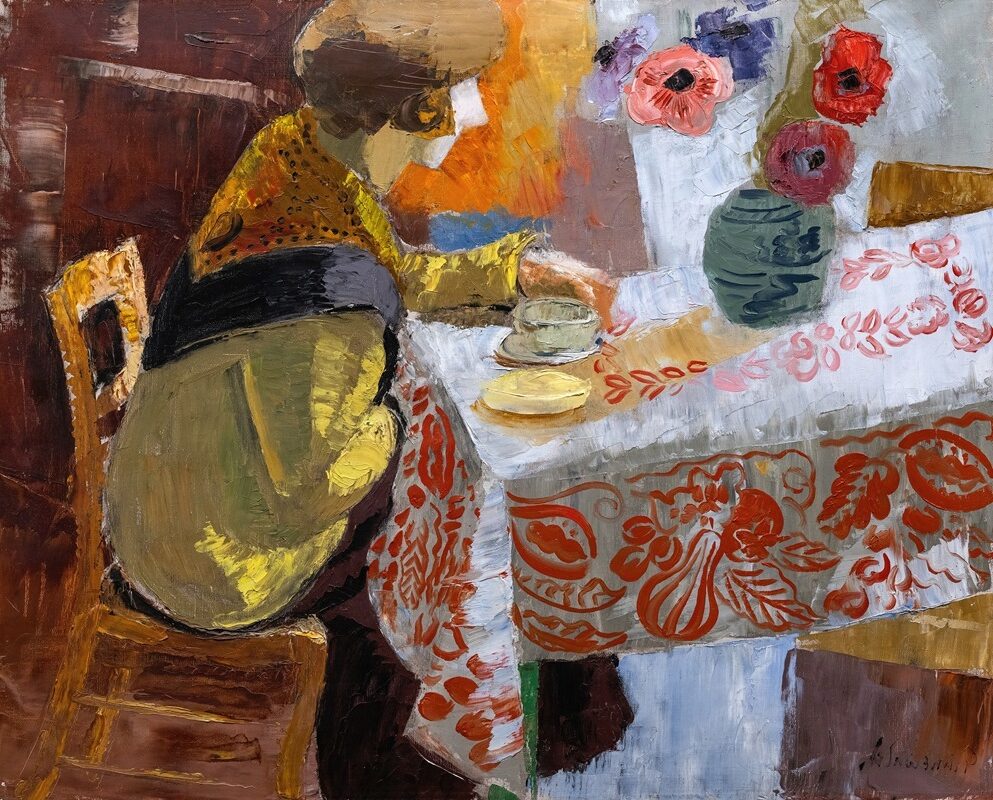
Breakfast, before 1925 by Isaac Grünewald
As a leading figure in Swedish Modern Art, he helped bridge traditional Swedish aesthetics with international avant-garde movements. His contributions shaped the country’s artistic identity during a crucial period of cultural development.
Grünewald’s work at the Matchstick Palace and other public venues brought modernist art to broader Swedish audiences. This public engagement helped normalize modern artistic expressions in Swedish society.
He was awarded the Prince Eugen Medal in 1945, recognizing his significant impact on Swedish visual arts. This prestigious honor confirmed his status among Sweden’s most influential artistic figures.
Contextual Influence and Personal Struggles
Isaac Grünewald’s parcours artistique was shaped by both external influences and personal challenges. As a Swedish-Jewish artist, his experiences were colored by the political climate, his important creative relationships, and various personal struggles.
Impact of Political and Social Climate
Grünewald faced significant anti-Semitism throughout his career, which affected both his personal life and artistic reception. As a Jewish artist in early 20th century Sweden, he encountered prejudice from certain segments of the Swedish press and art establishment.
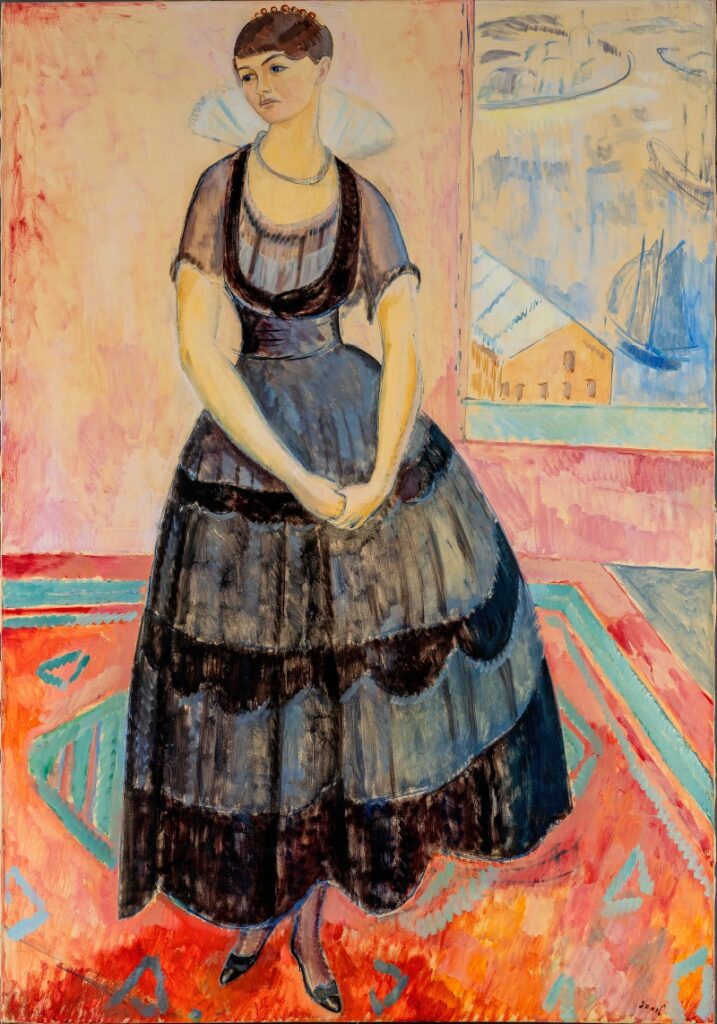
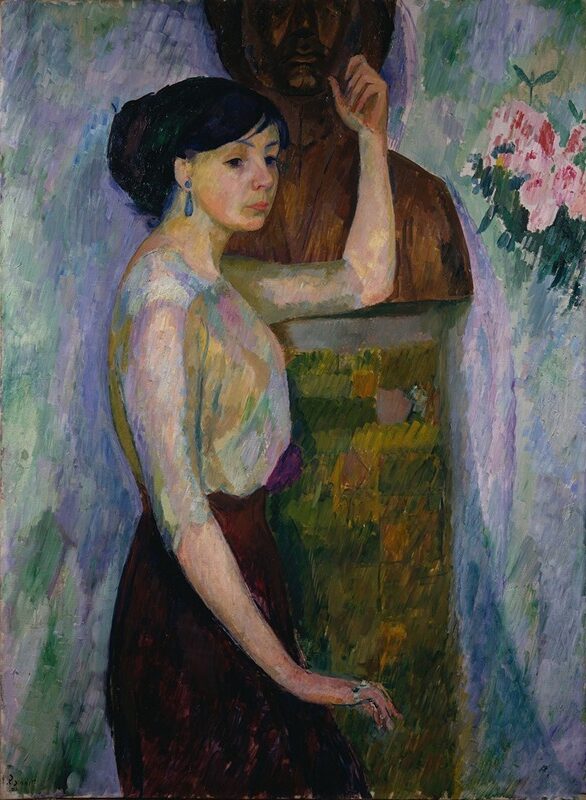
Despite these challenges, he managed to achieve remarkable success, becoming a central figure in Swedish Modernism. His expressionist style, influenced by his studies in Paris, sometimes put him at odds with more conservative elements in Swedish art circles.
The Royal Swedish Academy of Arts eventually recognized his talents, though his relationship with traditional Swedish art institutions remained complex. His bold artistic choices were sometimes met with resistance in a cultural landscape that was slowly adapting to modernist influences.
Relationships and Collaborations
Grünewald’s personal and professional life was deeply intertwined with fellow artist Sigrid Hjertén, who became his wife. Their relationship significantly influenced both artists’ work and careers.
During his time in Paris, Grünewald studied under Henri Matisse, whose teachings profoundly shaped his artistic development. Matisse’s emphasis on color and form became central to Grünewald’s expressionist approach.
He maintained connections with other Scandinavian artists while also establishing himself within international modernist circles. These relationships provided important support and creative exchange during challenging periods.
Edward Hald was among his acquaintances from his Paris student days, connecting Grünewald to the broader Swedish artistic community. These collaborations helped strengthen the position of modernism within Swedish art.
Health and Personal Challenges
Throughout his life, Grünewald struggled with various personal challenges that affected his work and career trajectory. The search results mention he “went through a lot of struggles,” suggesting ongoing difficulties.
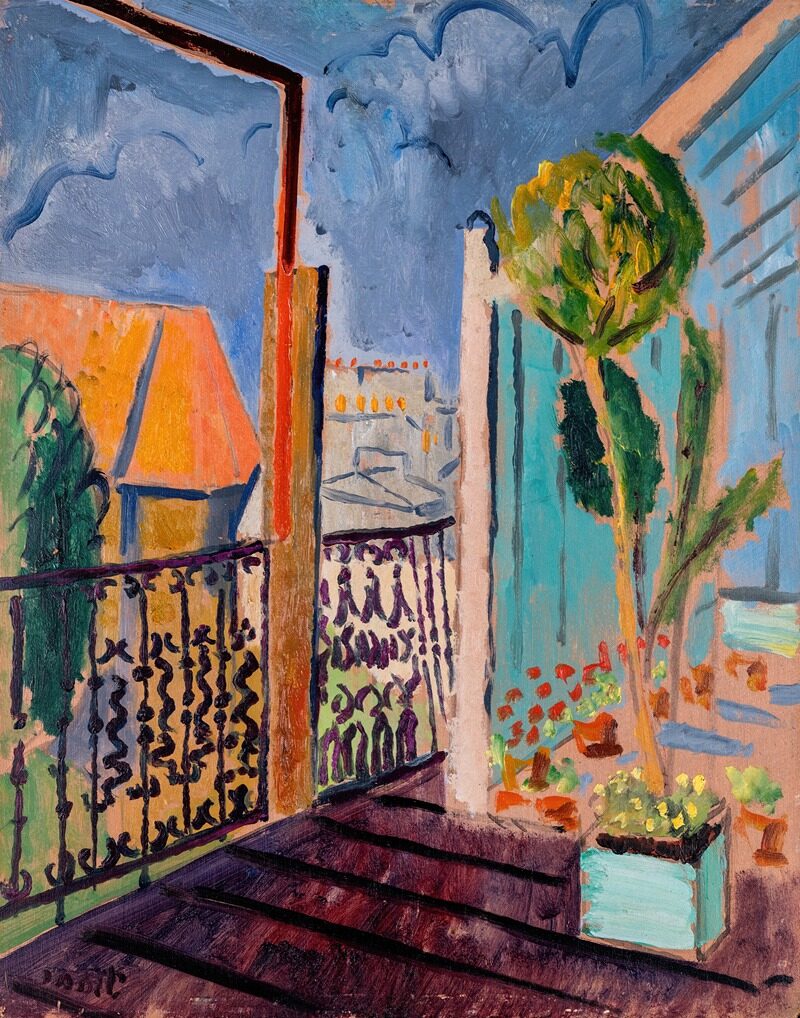
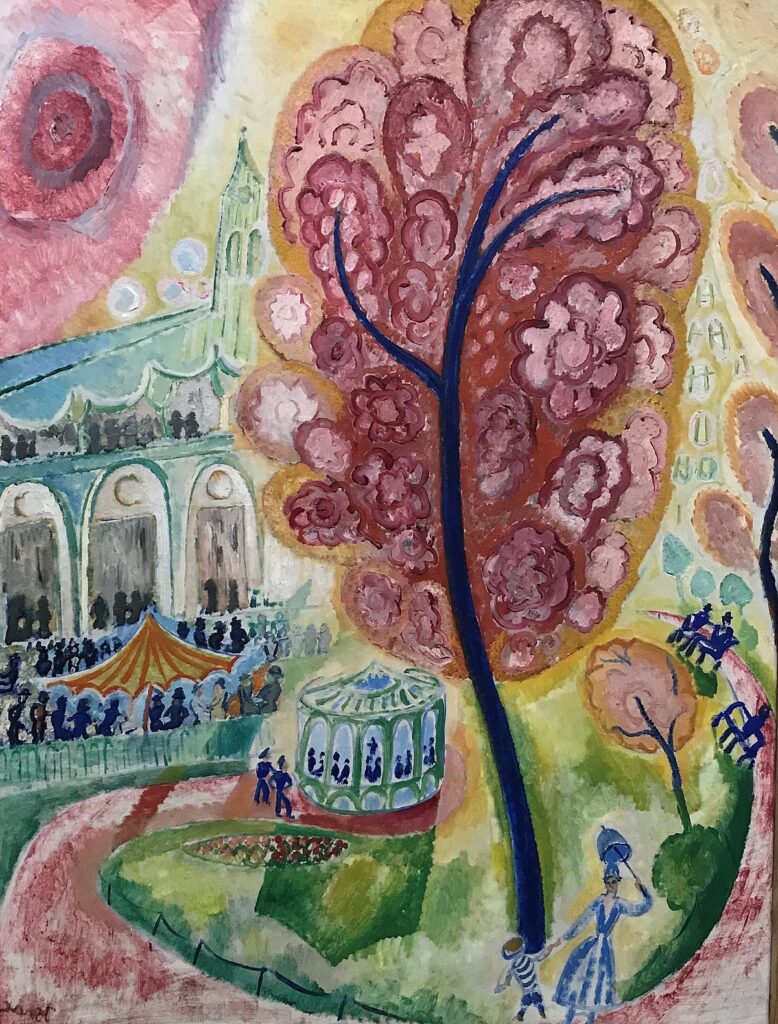
Mental health issues may have played a role in his life, as they did for many artists of his generation. The pressures of artistic innovation, public criticism, and personal relationships likely contributed to these challenges.
Despite personal difficulties, Grünewald achieved commercial success and maintained his artistic productivity. His ability to overcome obstacles speaks to his determination and commitment to his artistic vision.
The impact of his personal struggles on his later work provides important context for understanding his artistic evolution and legacy.
Questions fréquemment posées
Isaac Grünewald left a lasting impact on Swedish art history through his expressionist paintings and leadership in the modernist movement. His life and work continue to interest art enthusiasts and historians alike.
What are the most notable works by Isaac Grünewald?
Grünewald’s most celebrated works include his colorful expressionist landscapes and portraits that showcase his bold use of color. His self-portraits demonstrate his skill in capturing emotion and personality.
Many art historians consider his paintings of Stockholm scenes to be among his finest achievements. These urban landscapes blend expressionist techniques with a distinctly Swedish sensibility.
His theater set designs also represent an important part of his artistic legacy. These designs allowed him to experiment with color and form on a larger scale.
How did Isaac Grünewald contribute to the development of Swedish modernist painting?
As the central figure in the first generation of Swedish modernists, Grünewald helped introduce expressionist ideas to Sweden. His participation in “De Ungas” exhibition in 1909 marked a turning point in Swedish art history.
Grünewald brought international art movements back to Sweden after studying in Paris. He challenged traditional Swedish painting styles and encouraged experimentation among younger artists.
His bold approach to color and form helped shift Swedish art toward more progressive styles. This influence can be seen in generations of Swedish painters who followed him.
Can you describe the artistic style and techniques characteristic of Isaac Grünewald’s paintings?
Grünewald’s style is characterized by vibrant colors and expressive brushwork typical of expressionism. He often used bold outlines and geometric forms to structure his compositions.
His paintings feature strong contrasts and emotional intensity rather than realistic depiction. This approach prioritized conveying feeling and energy over exact representation.
Grünewald frequently applied paint thickly to create texture and visual interest. His technique evolved throughout his career but maintained a distinctive expressionist quality.
What were the major influences on Isaac Grünewald’s art?
Henri Matisse significantly influenced Grünewald during his time studying in Paris. The French fauvists’ approach to color clearly shaped Grünewald’s developing style.
His Jewish heritage and Swedish upbringing provided cultural influences that appeared in his work. These dual identities gave him a unique perspective in the Swedish art scene.
The international modernist movements of the early 20th century also shaped his artistic vision. He absorbed ideas from cubism, expressionism, and other avant-garde movements while developing his personal style.
How has Isaac Grünewald’s work been received and critiqued in art history?
During his lifetime, Grünewald’s work received mixed reactions from critics and the public. Some celebrated his innovative approach while others were resistant to modernist ideas.
Today, he is recognized as a pioneering figure in Swedish modernism. Art historians value his role in connecting Swedish art to international movements.
His paintings are now held in major Swedish museums and private collections. The Jewish Museum and other institutions have featured his work in exhibitions exploring his cultural and artistic significance.
What role did Isaac Grünewald play in art education and institutions in Sweden?
Grünewald made significant contributions to art education in Sweden. He established himself as an influential teacher who shaped younger generations of Swedish artists.
His leadership helped modernize art instruction in Sweden. He encouraged students to explore expressionist techniques and find their own artistic voices.
Grünewald’s involvement with Swedish art institutions helped bring modernist perspectives into these organizations. His advocacy helped create more openness to experimental approaches in Sweden’s artistic community.

